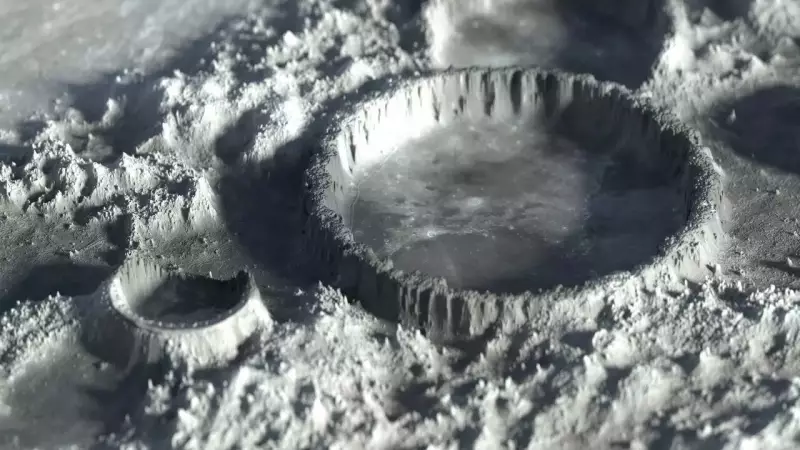
In a groundbreaking discovery that's rewriting lunar history, scientists have finally unraveled the mystery behind the Moon's most enormous crater. The South Pole-Aitken basin, spanning a staggering 2,500 kilometers across the lunar surface, has long puzzled astronomers worldwide.
The Lunar Enigma Solved
Recent research reveals that this colossal crater wasn't formed by a single impact event as previously believed. Instead, evidence points to a series of massive celestial collisions that sculpted the Moon's dramatic landscape over millions of years.
What Makes This Discovery Revolutionary?
The findings challenge decades of established lunar science:
- Multiple impact theory replaces the single massive collision hypothesis
- New understanding of the Moon's geological evolution
- Implications for how we study other planetary bodies in our solar system
Scientific Breakthrough Methodology
Using advanced satellite data and computer simulations, researchers analyzed the crater's composition and structure. The sophisticated technology allowed scientists to peer deep beneath the lunar surface, revealing patterns that could only be explained by multiple significant impacts.
Why This Matters for Future Space Exploration
This revelation has profound implications:
- Better understanding of planetary formation processes
- Enhanced safety planning for future lunar missions
- New insights into resource distribution across the Moon
The discovery not only solves a long-standing lunar mystery but opens new avenues for understanding how celestial bodies evolve through cosmic collisions. As space agencies worldwide plan return missions to the Moon, this knowledge becomes crucial for selecting landing sites and understanding the lunar environment.





